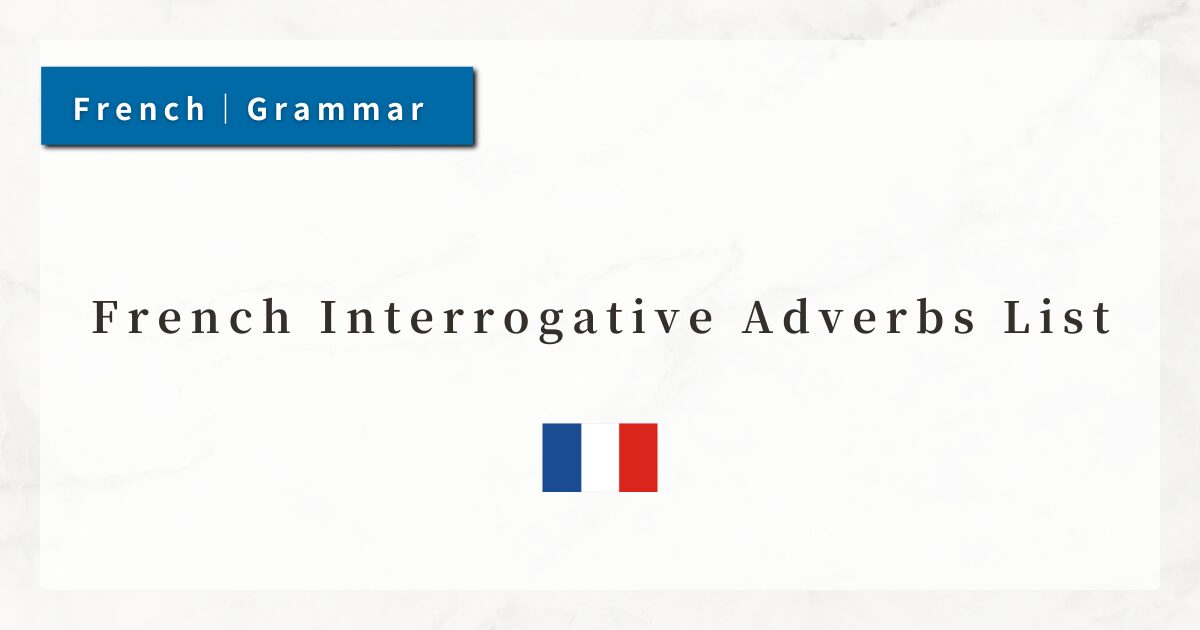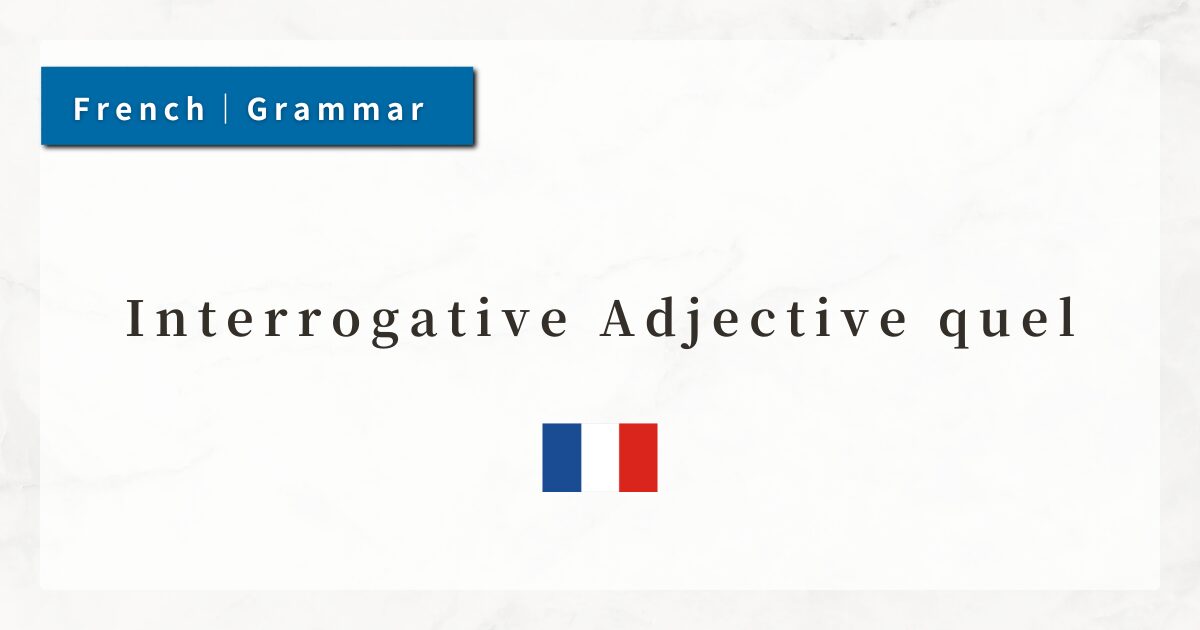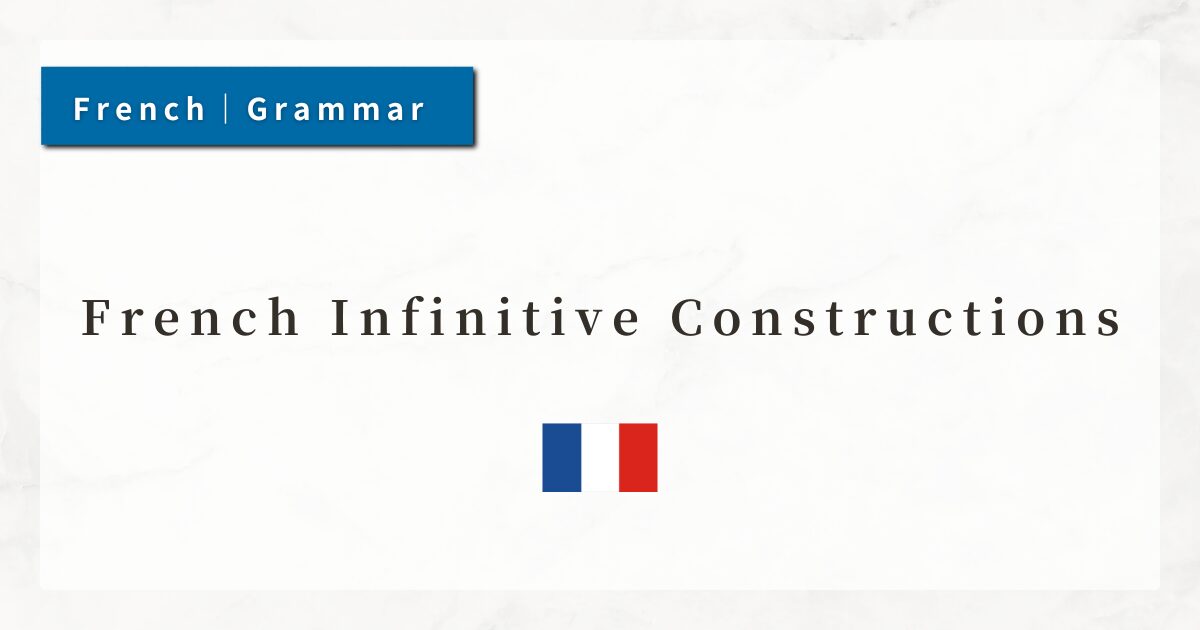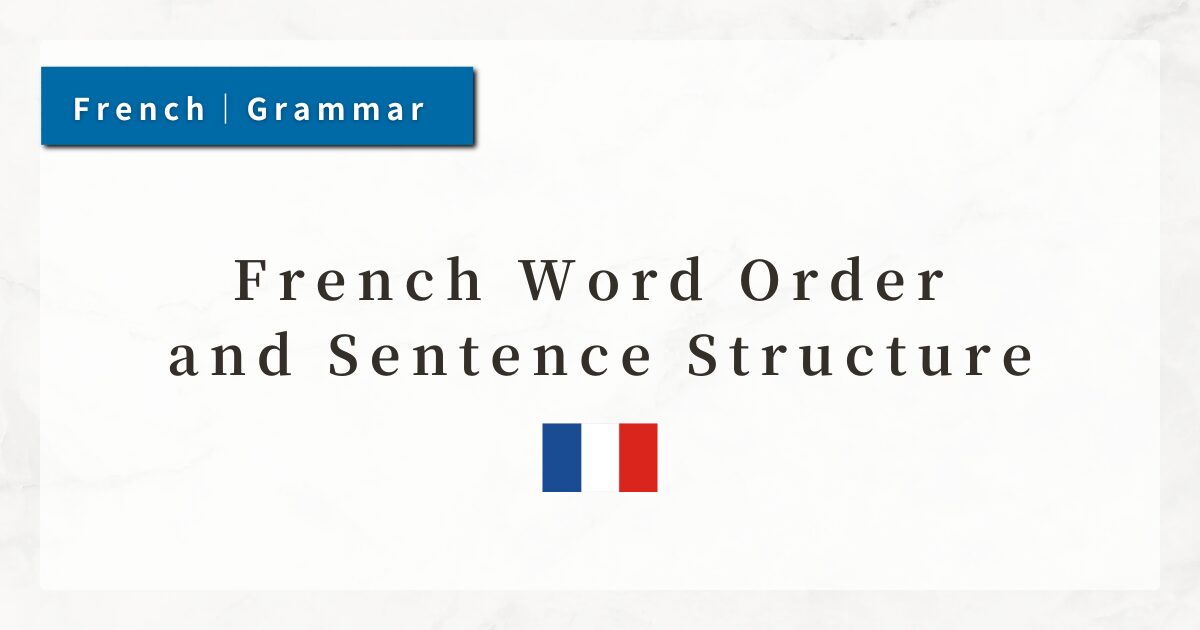#7 French Verb être | Conjugation, Meaning, and Example Sentences
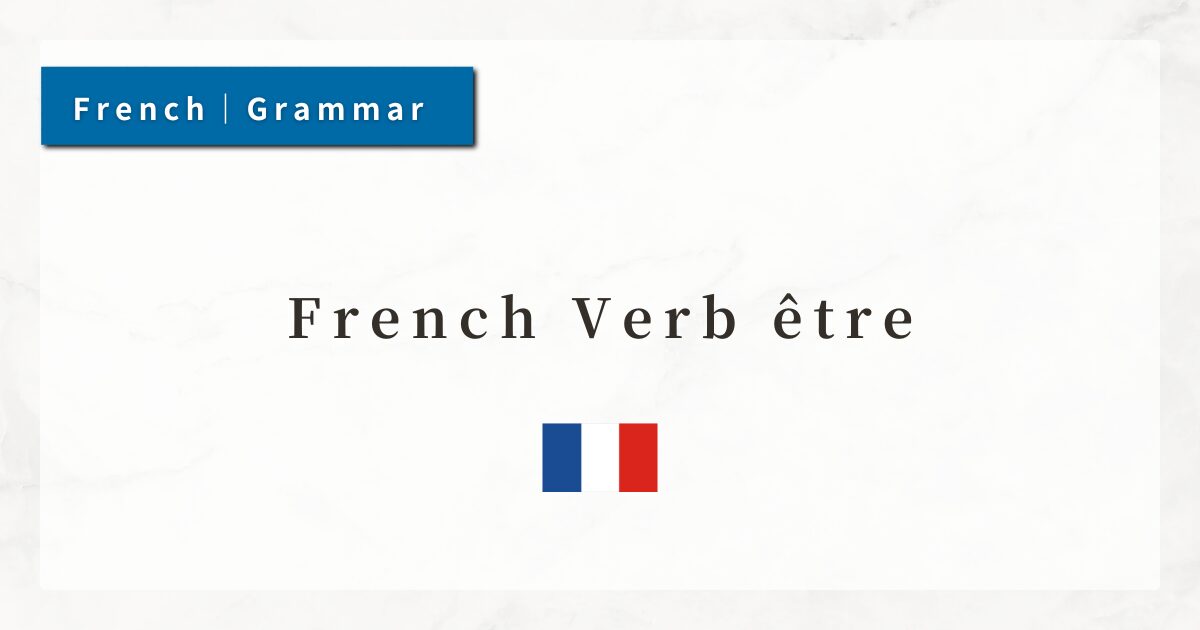
Être is one of the most important verbs in French.
Its form changes significantly depending on the subject, and it is used frequently in daily conversations for self-introductions, describing states, and expressing locations.
In this lesson, I will explain the present tense conjugation of être and its basic usages.
1. What Is être?
Être is one of the most fundamental and essential verbs in French. Its meanings include “to be,” “to exist,” and “to be located,” functioning much like the English verb to be. It appears in conversations, writing, explanations, introductions, and questions—essentially in all situations.
- Je suis étudiant. (I am a student.)
- Il est fatigué. (He is tired.)
- Nous sommes à Tokyo. (We are in Tokyo.)
Thus, être is indispensable for expressing the state, existence, attributes, or location of people and things.
2. Three Basic Meanings of être
2-1. Expressing Existence: “to be located”
- Le livre est sur la table. (The book is on the table.)
- Elle est à la maison. (She is at home.)
2-2. Expressing Attributes: “to be (by nature, role, or identity)”
- Je suis français. (I am French.)
- Il est professeur. (He is a teacher.)
2-3. Expressing States or Emotions
- Tu es malade ? (Are you sick?)
- Nous sommes contents. (We are happy.)
3. Être as an Auxiliary Verb
French compound tenses (e.g., passé composé) require an auxiliary verb. For certain verbs, être functions as this auxiliary.
- Elle est allée au marché. (She went to the market.)
- Nous sommes arrivés en retard. (We arrived late.)
Thus, être is used both independently and in constructing compound tenses.
4. Conjugation of être in the Present Tense
Être is an irregular verb. Its present-tense forms change greatly depending on the subject, so each form must be memorized individually rather than relying on regular endings.
| Subject | Conjugation | Pronunciation | Example |
|---|---|---|---|
| je | suis | [sɥi] | Je suis étudiant. (I am a student.) |
| tu | es | [ɛ] | Tu es gentil. (You are kind.) |
| il / elle / on | est | [ɛ] | Elle est ici. (She is here.) |
| nous | sommes | [sɔm] | Nous sommes à Paris. (We are in Paris.) |
| vous | êtes | [zɛt] | Vous êtes professeur. (You are a teacher.) |
| ils / elles | sont | [sɔ̃] | Ils sont fatigués. (They are tired.) |
In pronunciation, some forms differ from their spelling. For example, est (he is) and es (you are) are both pronounced [ɛ]. It is most effective to learn “subject + verb” as a unit rather than memorizing each form separately.
5. Practical Usages of être
5-1. Professions, Nationalities, and Identities
Être is used like the English be verb to describe professions, nationalities, or identities. In French, professions, nationalities, and religions are generally expressed without an article.
- Je suis professeur. (I am a teacher.) ← Correct
- Elle est japonaise. (She is Japanese.) ← Correct
- Je suis un professeur. ← Incorrect
If an adjective is added, an article is required.
- C’est un bon professeur. (He is a good teacher.)
5-2. With Adjectives: Describing Personality, Mood, or Condition
By combining être with adjectives, you can describe someone’s state or character. Adjectives must agree in gender and number with the subject.
- Il est fatigué. (He is tired.)
- Elle est fatiguée. (She is tired.)
- Ils sont contents. (They are happy.)
- Elles sont contentes. (They are happy.)
Plural and feminine forms often change both spelling and pronunciation, so pay special attention.
5-3. Locations: être + Prepositional Phrase
Être is used to describe where someone or something is located.
- Le chat est sur la chaise. (The cat is on the chair.)
- Nous sommes à l’école. (We are at school.)
- Le téléphone est dans le sac. (The phone is in the bag.)
Prepositions combine with articles (à la, au, à l’, aux) depending on the noun that follows.
5-4. Time, Date, and Weather
Être can also describe time, days, and seasons.
- C’est lundi aujourd’hui. (Today is Monday.)
- Il est huit heures. (It is eight o’clock.)
- C’est l’été. (It is summer.)
5-5. Introductions and Conversations
Être is very common in self-introductions, greetings, and short descriptions.
- Bonjour, je suis Marie. (Hello, I am Marie.)
- Voici Pierre. Il est mon frère. (This is Pierre. He is my brother.)
- Elle est étudiante à l’université. (She is a university student.)
5-6. Questions and Negations
Être keeps its conjugated form in questions and negations.
- Tu es japonais ? (Are you Japanese?)
→ Keep the same order, raise intonation. - Il n’est pas là. (He is not there.)
→ Negation structure: ne + est + pas
6. Summary
- Être (“to be”) is one of the most frequently used verbs in French.
- Its conjugation is irregular and must be memorized for each subject.
- It is used to describe professions, nationalities, emotions, states, locations, and more.
- Adjectives used with être must agree in gender and number with the subject.

